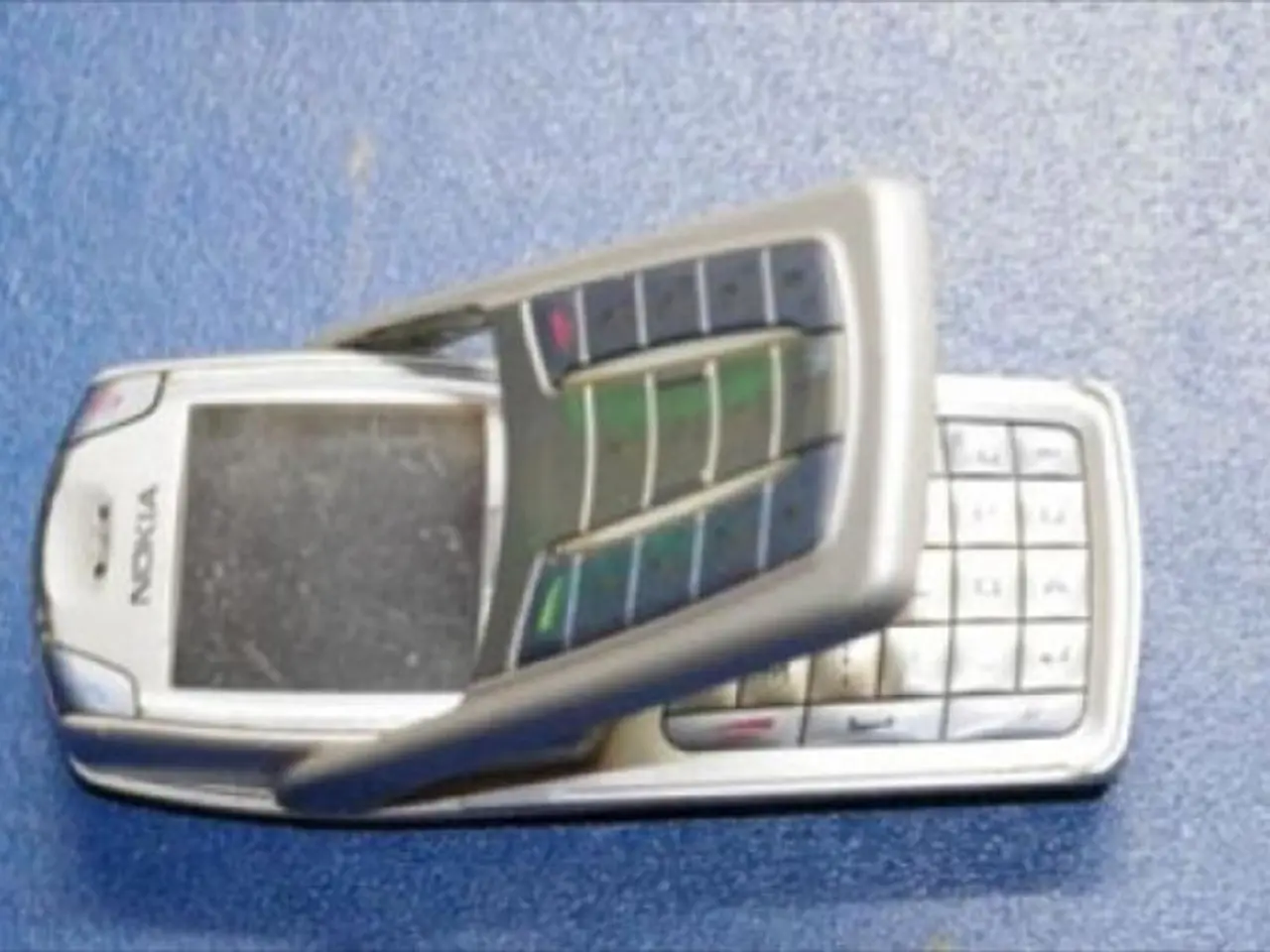Exploring Language Barriers: The Efficiency of Translation Earbuds Put to the Test?
In the ever-evolving world of technology, a new innovation is making waves: translation earbuds. These wearable devices are transforming the way people communicate across language barriers, offering near real-time interpretation in a variety of situations.
Leading the pack are Waverly Labs' Pilot Earbuds, supporting 15 languages including Spanish, French, Mandarin, and Arabic. Google's Pixel Buds 2, on the other hand, boast an impressive 40 languages, including English, Spanish, French, German, and Italian. iFlyTek's Translator Earbuds also join the fray, supporting 36 languages, including Chinese, Japanese, Korean, and Arabic.
While these devices typically achieve very high accuracy, around 98-99.8% in real-time simultaneous translation, their performance can vary depending on the device model and conditions. For instance, the ZeaHot Q16S model claims a certified 99.8% accuracy, while many others guarantee at least 98% accuracy.
Clear voice capture, language support, real-time processing, offline capabilities, and context limitations are key factors influencing their accuracy. Devices like the Timekettle W4 Pro use multiple microphones and noise reduction technologies to reduce recognition errors by 50%, improving translation quality even in noisy or side-by-side conversations.
However, translation earbuds may struggle with complex conversations, dialects, and cultural nuances. Some models also support phone calls and video conferencing for remote communication. Using translation earbuds with multiple people requires features such as pairing multiple earbuds or a "conference mode" or "group mode."
Despite these challenges, users have reported positive experiences with hands-free, bi-directional translation enabling smooth communication without frequent manual interaction. Reviews and tests show that earbuds like Timekettle, Samsung Galaxy Buds, Google Pixel Buds, and Yeshu M127 combine high translation accuracy with good audio quality and comfort.
In sum, translation earbuds today provide highly reliable, near real-time interpretation that effectively bridges language gaps in many common real-world scenarios, though some challenging conversational contexts may reduce their precision slightly. This level of accuracy is generally sufficient for everyday communication, business interactions, and travel.
However, it's important to note that the process of translation earbuds involves speech recognition, language identification, translation, and playback. Several studies have evaluated the performance of translation earbuds, with an average accuracy rate of 85% in translating spoken language, but struggles with conversational dialogue achieving an accuracy rate of only 60%.
Despite these limitations, the benefits of translation earbuds, such as real-time translation and convenience, far outweigh the challenges. These wearable devices are designed to be comfortable and lightweight for extended use, making them an invaluable tool in our increasingly interconnected world.
Gadgets like the Timekettle W4 Pro and Google Pixel Buds 2, utilizing artificial-intelligence, are advancing the field of technology with their translation capabilities, offering support for multiple languages. As these devices continue to improve, they are poised to revolutionize communication across language barriers. However, despite their relatively high accuracy rate of 85% for spoken language translation, they may struggle with complex conversations, dialects, and cultural nuances.




